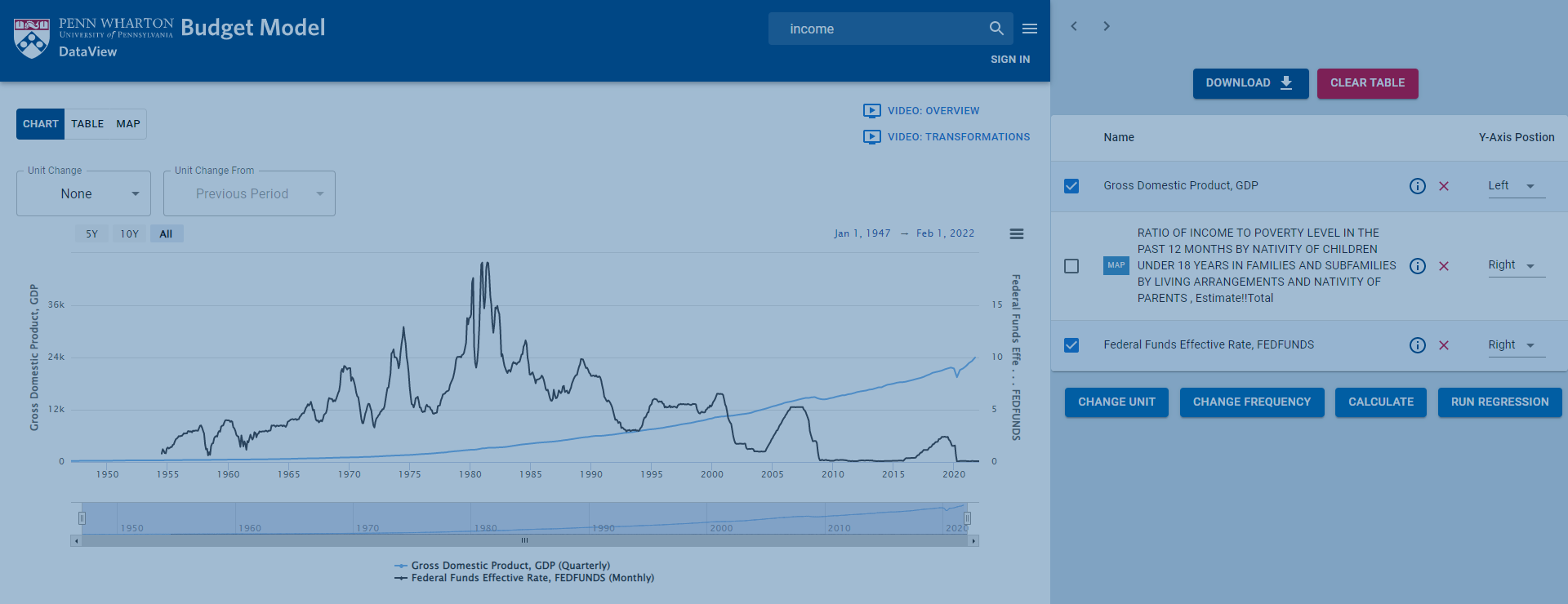PWBM estimates that President Biden’s new Medicare proposal would increase the solvency of the Medicare trust fund from the year 2028 to 2053. However, a significant share of that increase comes from redirecting existing (current law) revenue to the trust fund. Another portion comes from unspecific expenditure reductions that lack the details required to score. Counting only new income without unspecified expenditure reductions, we project, as an illustrative alternative, that the HI trust fund would remain solvent until 2037.
The Excise Tax on Stock Repurchases: Effects on Shareholder Tax Burdens and Federal Revenues
President Biden has proposed raising the current excise tax rate on stock repurchases from 1 percent to 4 percent. We estimate that, for domestic shareholders, this tax increase would eliminate about 85 percent of the current-law tax preference for dividends over stock repurchases.
Budgetary Cost of Newly Proposed Income-Driven Repayment Plan
We estimate President Biden’s newly proposed Income-Driven Repayment (IDR) Plan will cost between $333 to $361 billion over the 10-year budget window, more than twice as much as the cost estimate released by the Biden Administration. These costs are in addition to the one-time cost of direct loan forgiveness that we previously estimated at $469 billion.
Long-Term Financial Implications of Current Federal Budget Policies
Under current law, we project that national debt will rise to 225% of GDP by 2050 and continue to rise thereafter. Changing demographics will reduce future economic growth.
The Biden Student Loan Forgiveness Plan: Budgetary Costs and Distributional Impact
President Biden’s new student loan forgiveness plan includes three major components. We estimate that debt cancellation alone will cost up to $519 billion, with about two-thirds of the benefit accruing to households making $88,000 or less. Loan forbearance will cost another $16 billion. The new income-driven repayment (IDR) program would cost another $70 billion, increasing the total plan cost to $605 billion under strict “static” assumptions. However, depending on future IDR program details to be released and potential behavioral (i.e., “non-static”) changes, total plan costs could exceed $1 trillion.
Forgiving Student Loans: Budgetary Costs and Distributional Impact
We estimate that forgiving federal college student loan debt will cost between $300 billion and $980 billion over the 10-year budget window, depending on program details. About 70 percent of debt relief accrues to borrowers in the top 60 percent of the income distribution.
Senate-Passed Inflation Reduction Act: Estimates of Budgetary and Macroeconomic Effects
PWBM estimates that the Senate-passed version of the Inflation Reduction Act would reduce non-interest cumulative deficits by $264 billion over the budget window. The impact on inflation is statistically indistinguishable from zero. GDP falls slightly within the first decade while increasing slightly by 2050. Most, but not all, of the tax increases fall on higher income households.
Inflation Reduction Act: Comparing CBO and PWBM Estimates
PWBM and CBO find an almost identical impact of the Inflation Reduction Act of 2022 (“IRA”) on the budget, with small differences stemming from the timing of the corporate minimum tax revenue. The impact on inflation is statistically indistinguishable from zero for either estimate.
Inflation Reduction Act: Preliminary Estimates of Budgetary and Macroeconomic Effects
PWBM estimates that the Inflation Reduction Act would reduce non-interest cumulative deficits by $248 billion over the budget window with no impact on GDP in 2031. The impact on inflation is statistically indistinguishable from zero. An illustrative scenario is also presented where Affordable Care Act subsidies are made permanent. Under this illustrative alternative, the 10-year deficit reduction estimate falls to $89 billion.
Decomposing the Decline in Estate Tax Liability Since 2000
We estimate that the federal estate tax would have generated 9 times more revenue in 2019 without the tax changes in 2001 and 2017.
The U.S. Fiscal Imbalance: June 2022
We estimate that the U.S. federal government faces a permanent fiscal imbalance equal to over 10 percent of all future GDP under current law where future federal spending outpaces tax and related receipts. Federal government debt will climb to 236 percent of GDP by 2050 and to over 800 percent of GDP by year 2095 (within 75 years).
Effects of a State Gasoline Tax Holiday
We provide causal evidence that recent suspensions of state gasoline taxes in three states were mostly passed onto consumers at some point during the tax holiday in the form of lower gas prices: Maryland (72 percent of tax savings passed onto consumers), Georgia (58 percent to 65 percent) and Connecticut (71 percent to 87 percent). However, these price reductions were often not sustained during the entire holiday.
Total Cost of Universal Pre-K, Including New Facilities
We estimate that each new preschooler for a universal pre-K program requires about $21,000 in new construction costs for facilities expansion. Including non-construction costs, a universal pre-K program for three- and four-year-olds will cost about $351 billion over the 10-year budget window. If made permanent after 10 years, this program will have essentially no impact on long-run GDP. A pre-K program for just four-year-olds reduces the 10-year cost to $196 billion and slightly increases long-run GDP, if that program is made permanent.
President Biden’s FY2023 Budget Proposal: Budgetary and Economic Effects
We project that President Biden’s FY2023 Budget, taken as a whole, would reduce debt and grow the economy by 0.4 percent over time, with two major components of the Budget---"Build Back Better” and “New Provisions”---working in opposite directions.
Analysis of Carbon Emission Reductions in Build Back America
Build Back Better (BBB) Act allocates about $550 billion to climate change policies. Provisions that are funded with user fees can grow the economy while deficit financing can shrink the economy.
Introducing PWBM's DataView
DataView is a powerful new tool that simplifies collecting, visualizing, and analyzing government and other public data:
Search across millions of data series available from dozens of sources.
Transform and combine data as desired using simple “point and click”.
Visualize your data with graphs, tables, scatterplots, and animated US maps.
Test your ideas using integrated regression analysis.
Create an account to save your work for later as well as share with others.
Capital Gains Taxation and Deferral: Revenue Potential of Reform
This brief examines different approaches to removing the capital gains “lock-in effect” within a realization-based tax framework. We estimate that this change would produce between $115 billion and $357 billion in additional tax revenue over the next 10 years, depending on the exact design.
The Impact of the Build Back Better Act (H.R. 5376) on Inflation
PWBM projects that the spending and taxes in the Build Back Better Act (H.R. 5376), as written, would add up to 0.2 percentage points to inflation over the next two years and reduce inflation by similar amounts later in the decade. As an illustrative alternative, if temporary major spending provisions were made permanent, the bill would add up to a third of a percentage point to near-term inflation and have a negligible impact on inflation later in the decade.
H.R. 5376, Build Back Better Act: Budget and Macroeconomic Effects
PWBM estimates that H.R. 5376, the Build Back Better Act, would increase spending by $2.1 trillion over the 10-year budget window while increasing revenue by $1.8 trillion, for a 10-year deficit of $274 billion. By 2050, the proposal would decrease GDP by 0.2 percent, relative to current law.
Senator Wyden’s Billionaires Income Tax: Budgetary Effects
PWBM projects that Sen. Wyden’s billionaire income tax proposal would raise $507 billion over the budget window, more than half of which would come from a one-time transition tax on previously accrued, unrealized capital gains on publicly traded assets.





















